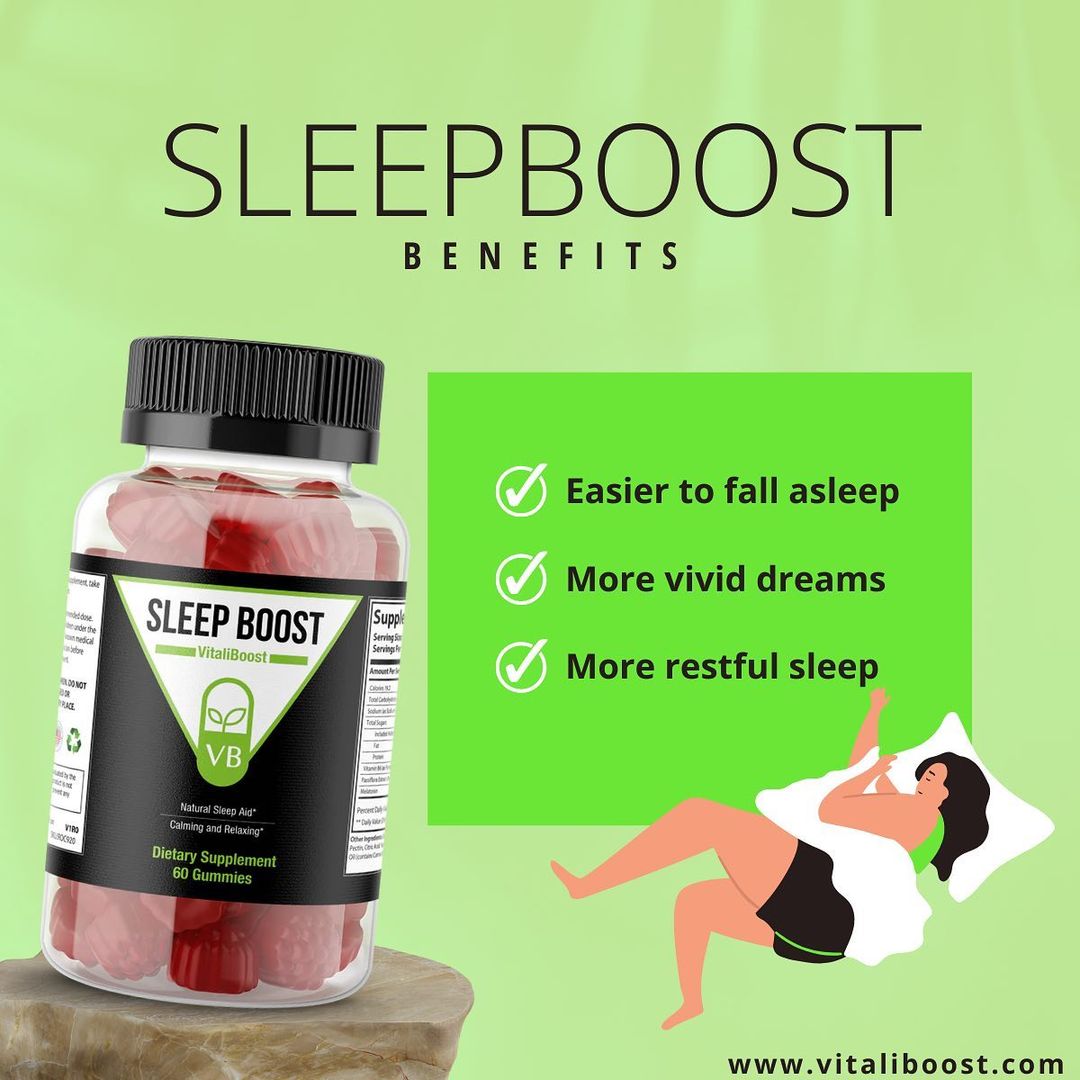
Crohn’s disease is an inflammatory bowel disease that results in inflammation along the intestinal tract. It is a chronic condition, and painful Crohn’s flare-ups can interrupt your daily routine.
Fortunately, you can manage this condition and decrease the chances of a flare-up through lifestyle changes, diet, and medications. Keep reading to learn about Chron’s disease exercises that can help.
Crohn’s Disease Signs

Signs of an inflamed bowel include changes in bowel habits and can include fever. Other symptoms include:
-
Diarrhea.
-
Abdominal pain.
-
Fatigue.
-
Blood in stool.
-
Reduced appetite.
These symptoms can appear rapidly, or they can present gradually over time. The onset will be highly individualized, and you’ll need to check in with your body cues to learn how Crohn’s affects you.
Crohn’s Disease Diagnosis

Your medical doctor must complete a series of tests to rule out other possible gut disorders. This can include several blood tests, physical exams, and finally, an internal camera to assess the state of your intestines visually. This diagnostic procedure is called an intestinal endoscopy and can be completed in approximately 30 minutes to an hour.
Is Crohn’s Disease Good For Exercise?
Regular movement can help manage symptoms linked to Crohn’s disease, such as decreasing inflammation and improving stress levels. Most exercises are safe to complete when your bowels are healthy. If you have a flare-up, you should avoid strenuous movement and allow your body to rest.
Walking

Walking is an excellent form of exercise, and you have complete control over the intensity. Reaching a pace when you are slightly out of breath but still able to communicate is enough to gain cardiovascular benefits.
There is also very little barrier to walking because you don’t need fancy equipment; you need nice weather, and pretty views make it even better. Start with 15 minutes and increase the length as your stamina improves.
Swimming
Exercising in water is an excellent option, but it can be especially appealing to people with injuries. Your body weight is suspended in the water, which decreases strain on joints (such as knees and hips.) You can swim recreationally, do laps, or complete aqua fitness classes to improve your cardio and strengthen your muscles.
Bicycling
Bicycling allows you to travel great distances, which can inspire fun trips while exercising. Having a destination in mind can motivate you to extend your movement or have a goal you want to work towards, such as making it to the local beach or park. To increase the comfort of your cycling, invest in padded shorts and footwear that clip into the pedals.
Yoga
Practicing a version of yoga can help improve strength, flexibility and has several mental health benefits due to the focus on mindfulness. An easy way to start yoga is by following Youtube videos at home. If you have mobility issues, you may want to start seated-in-chair yoga.
Elliptical machine
An elliptical is a stationary cardio machine that helps increase the heart rate without straining the joints. The easy forward push of the machine relies on your body’s momentum to keep moving and eliminates the pounding forces seen in running or cycling.
Rowing

Rowing is considered a full-body workout because it relies on the upper and lower body muscles. You can use machines to do these exercises; start with smaller intervals and gradually increase the length as you become stronger.
There is no single form of movement that is superior to others. Exercise regularly and listen to your body’s cues to get the health benefits and improve Crohn’s disease. If you feel tired or too sore – take a break. If you have a history of injuries, consult an exercise specialist before building a rigorous movement routine.
FAQs
What activities can you do with Crohn’s disease?
When you do not have a flare-up, you can do any activity or exercise with Crohn’s disease. However, when your bowels are inflamed, you should rest to allow your intestines to heal. Mild walking may be acceptable, but your doctor can advise a safe limit.
How do you calm Crohn’s symptoms?

Switching to a bland diet that is easy to digest can help to calm symptoms. This can include lower-fiber options like white bread, rice, and plain protein such as chicken breast or baked fish. Avoid eating high-fat foods or spicy ingredients because they can aggravate your gut. You may need medication to help reduce a severe flare-up.
What is the best exercise for Crohn’s?
All forms of movement can be beneficial – and you should choose the activity you enjoy the most! For many people, this is walking because it is accessible, but others also enjoy biking, swimming, and yoga.







